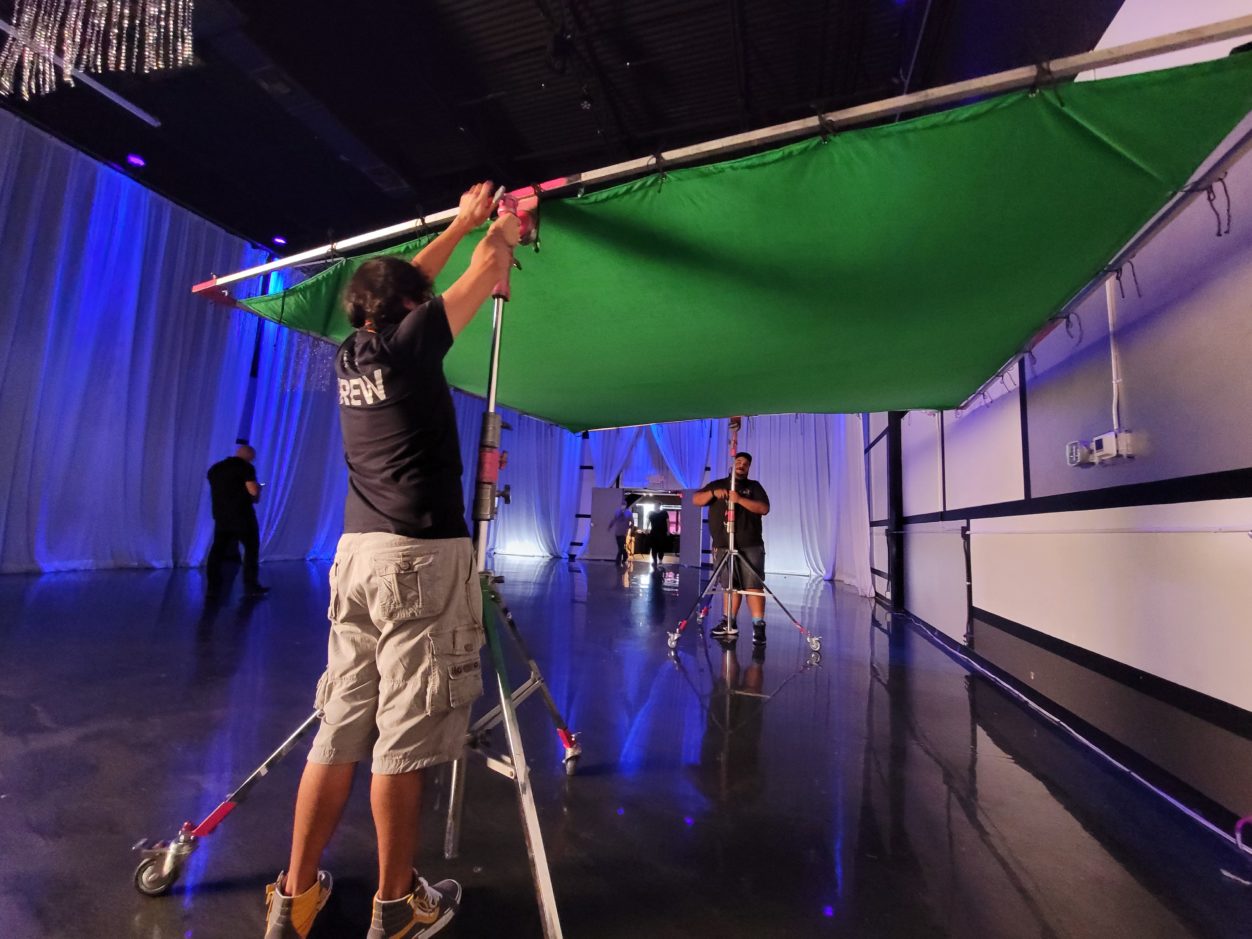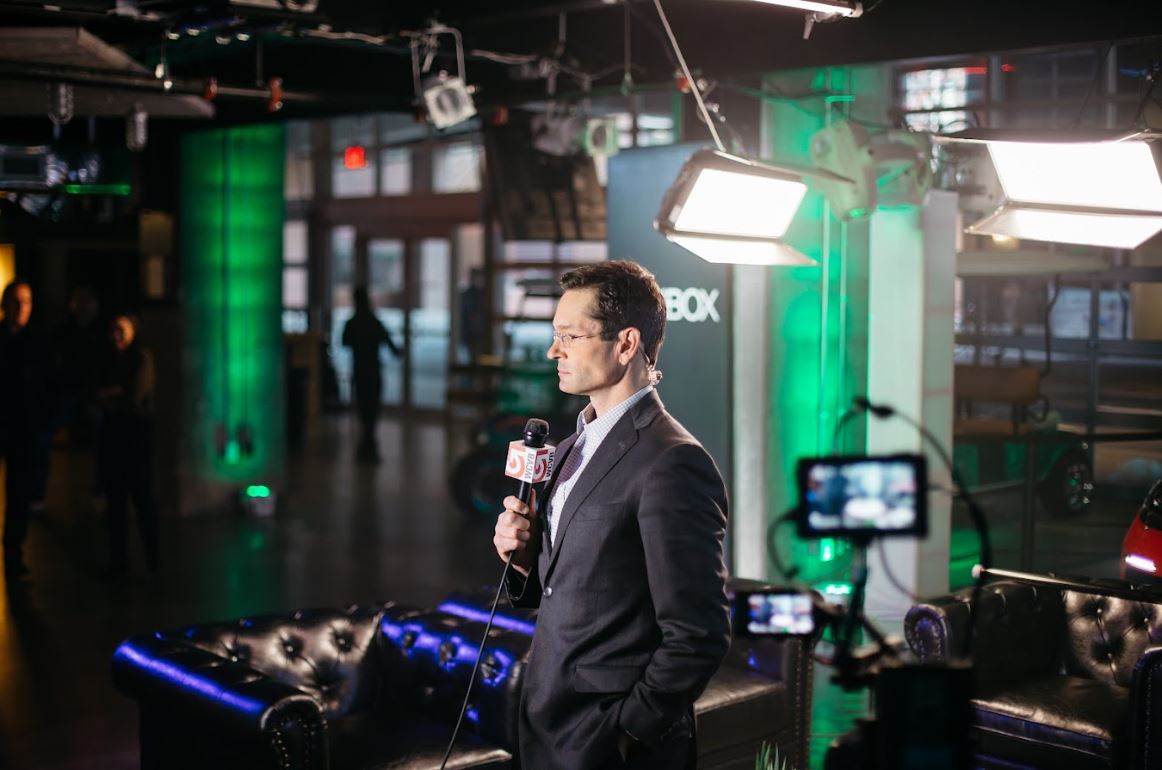What is Digital Compositing for Film and Video?
Whether you’re new to the film industry, or you’re a client that is learning about the various visual effects and techniques that can be used to produce the professional video content that you desire. You might have heard the term “digital compositing” before? This is one of the most common techniques in visual effects. But what is digital compositing for film and video?

We’re going to provide you with some essential insight into the digital composition and VFX techniques that are commonly used in film and video today.
This will help you to better understand the various composition options that could be offered in relation to your video project. And will provide you with essential knowledge in regards to the various techniques that are utilized in filmmaking today.
Digital Compositing Definition
Before we can possibly explain the many different digital compositing techniques that are available to you. Let’s take a look at a basic definition of digital compositing or composition.
In simple terms, digital compositing includes a variety of filmmaking techniques. Which include effects such as green screen filming, computer generated imagery (CGI), and rotoscoping.
Compositing represents the process of combining two or more images to produce the appearance of a single image. If you think of it as molding two images into one.
That’s basically the idea of compositing. But there are many different digital compositing techniques that can achieve this effect.
Digital Compositing Techniques for Film & Video

Moreover, there are a number of different techniques that can be used to create the appearance of two distinctly different images that are now one.
These digital compositing techniques for film and video include:
- Computer Generated Imagery (CGI)
- Matting
- Multiple Exposure
- Green Screen
- Blue Screen
- Physical Compositing
- Front Projection
- Rear Projection
Digital compositing for film and video represents the layering of multiple images using various techniques as listed above to produce the desired final image. Common digital compositing methods that you might closely recall include the green screen method or blue screen method.
Real World Applications
Have you ever watched the night weather forecast on the news? If so, you’ve most certainly seen digital compositing for film and video in action.
In fact, most weather forecasts use green screen (or blue screen) compositing to layer the news forecaster and the background. Which shows the city or area for which the forecast is focused, in the same viewable image.
The newscaster is filmed with a greenscreen background. And then the image of the city, weather, or whatever will be the focus of their forecast is layered in to replace the green background using digital compositing.
In Summation
Now that you know what digital compositing for film and video is. Consider all the different ways that digital compositing can be used to create visually complex scenes in films and videos.
The sky’s the limit, and these VFX are exactly why so many unique cinematic experiences are now available to the film world!


